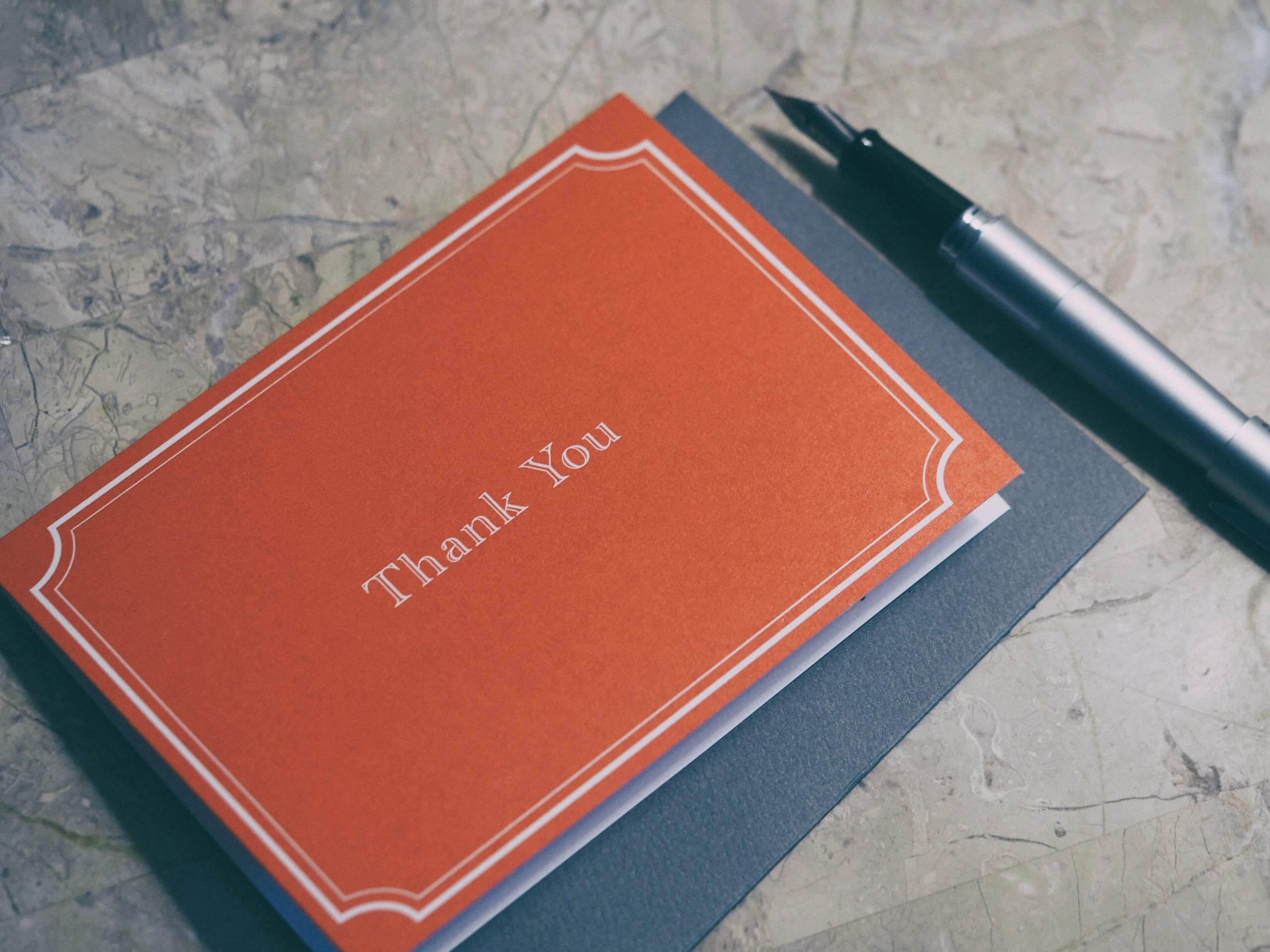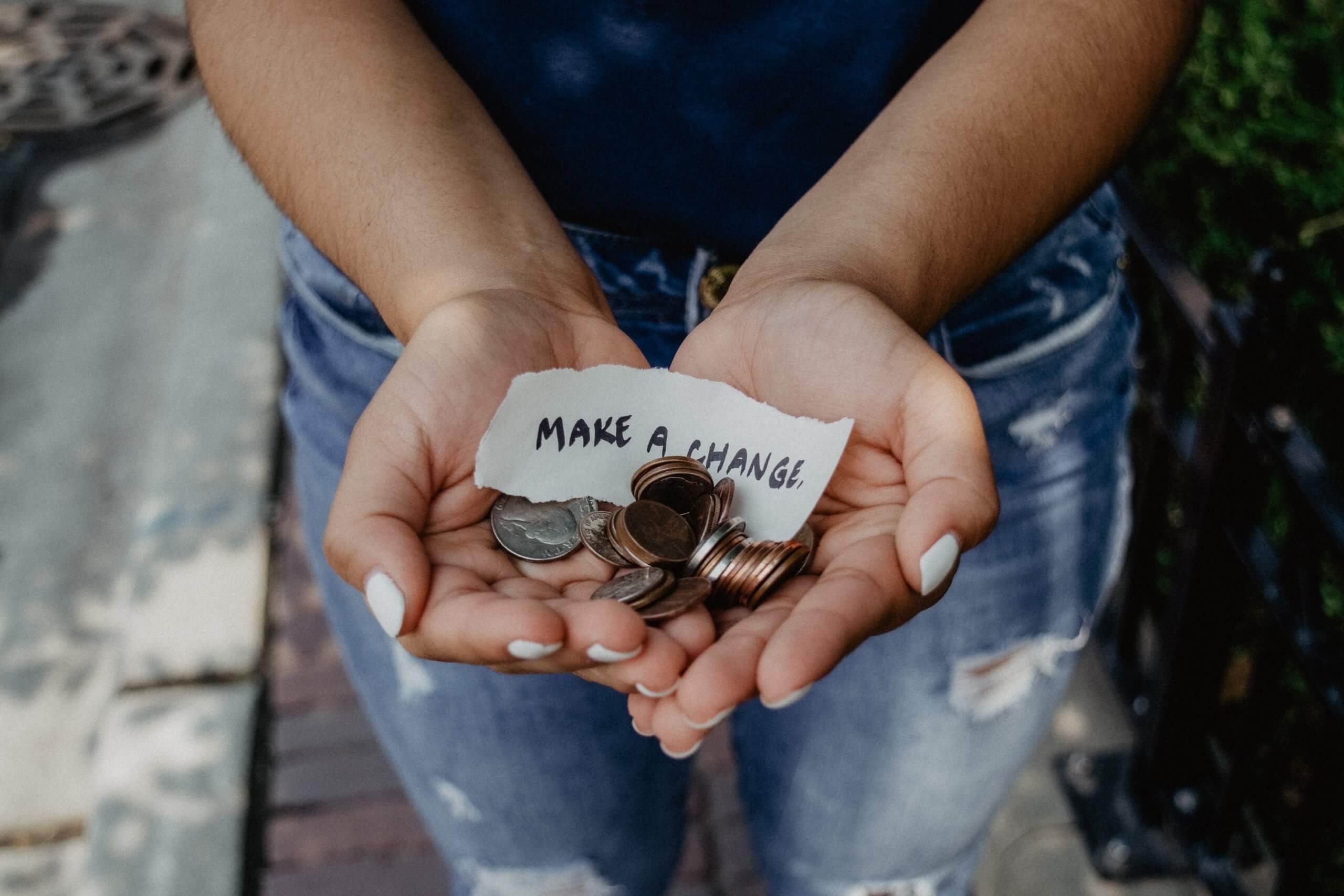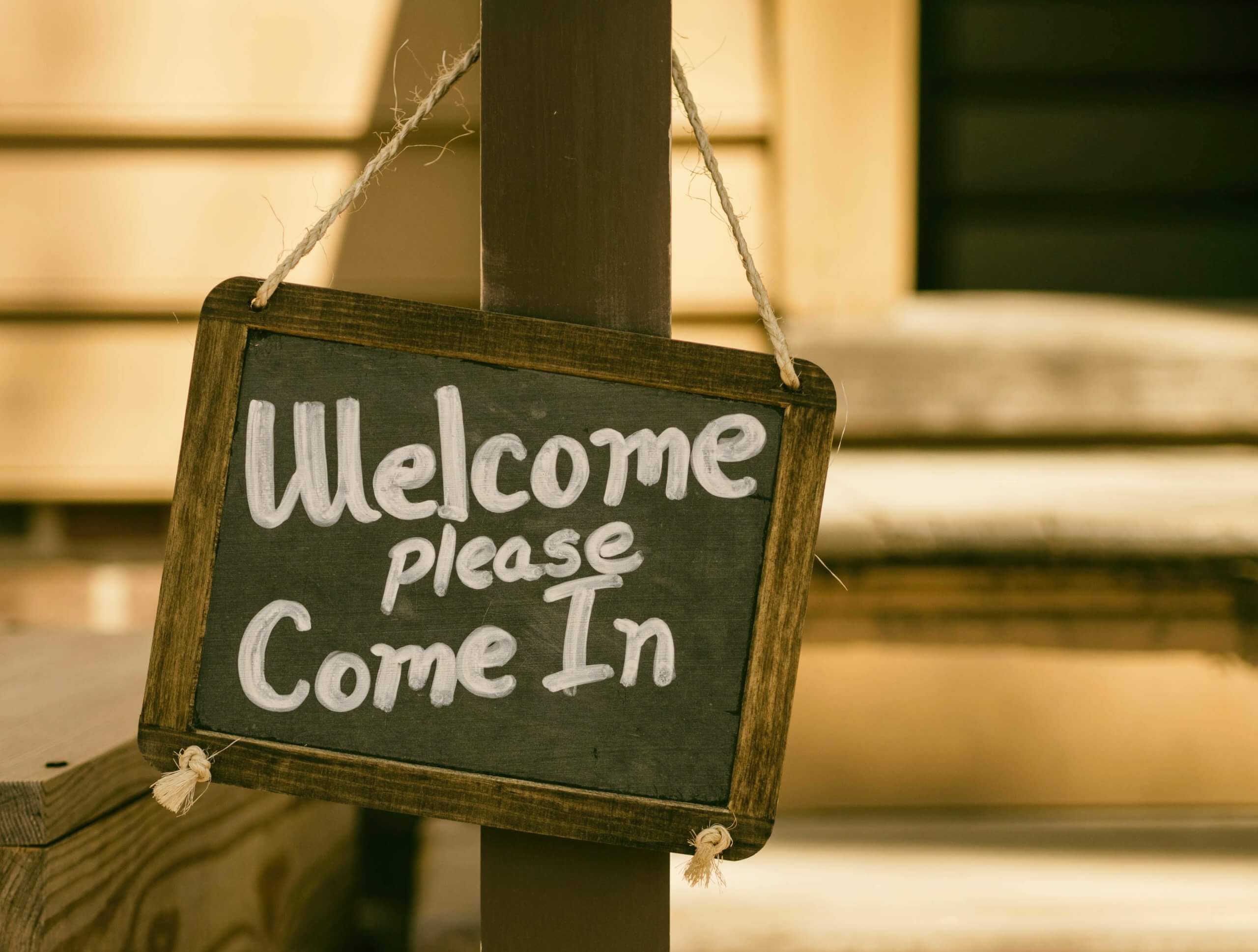INTRODUCTION
Have you ever wanted to send a truly personal and handwritten birthday card to all of your donors, but found it to be too time-consuming and impractical? Well, imagine being able to accomplish this task in just 7 seconds using a nonprofit CRM! The Nonprofit Finance Fund’s State of the Nonprofit Sector survey found that in 2020, 52% of nonprofits reported an increase in demand for their services, while only 22% reported an increase in funding. This indicates that many nonprofits are being asked to do more with less. To counter the urgent need for funding, stewardship must be practiced regularly. Sending personalized birthday cards is a simple but meaningful way to express gratitude and build loyalty among your donor base.
Key Topics
1. Why Should Nonprofits Send Birthday Cards to Donors?
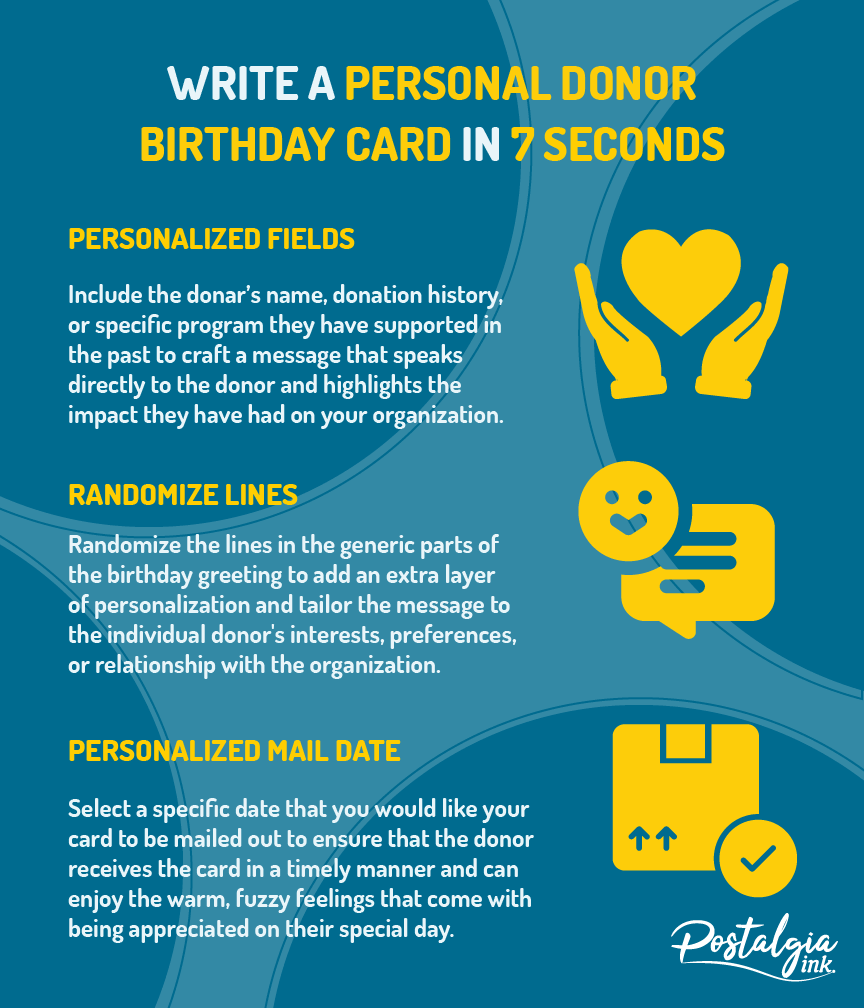
1. Why Should Nonprofits Send Birthday Cards to Donors?
One of the most important assets you have is your donor base. These individuals have chosen to support your cause and help you achieve your mission, and it’s essential that you show them how much you value their contribution. One way to do this is by sending personalized birthday cards to your donors.
When you take the time to acknowledge your donors on their birthday, it demonstrates that you care about them as valued members of your community and not just as a source of funding. This personal touch can help to strengthen your relationship with your donors and can lead to increased engagement and support in the future.
Sending birthday cards also provides an opportunity to thank your donors for their past support and remind them of the impact their donations have had. By sharing specific examples of how their contributions have made a difference, you can help to reinforce their commitment to your cause and inspire them to continue giving. In addition to building stronger relationships with your donors, a birthday card can also help to differentiate your nonprofit from others.
Sending personalized birthday cards is a cost-effective way to acknowledge and celebrate your donors without requiring a large investment of time or resources. By using a nonprofit CRM, you can easily automate this process to ensure that every donor receives a birthday card on time. This makes it easy to scale this approach and ensure that every donor receives the same level of personalized attention. So why not start sending personalized birthday cards today and see the impact it can have on your donor retention and overall satisfaction?
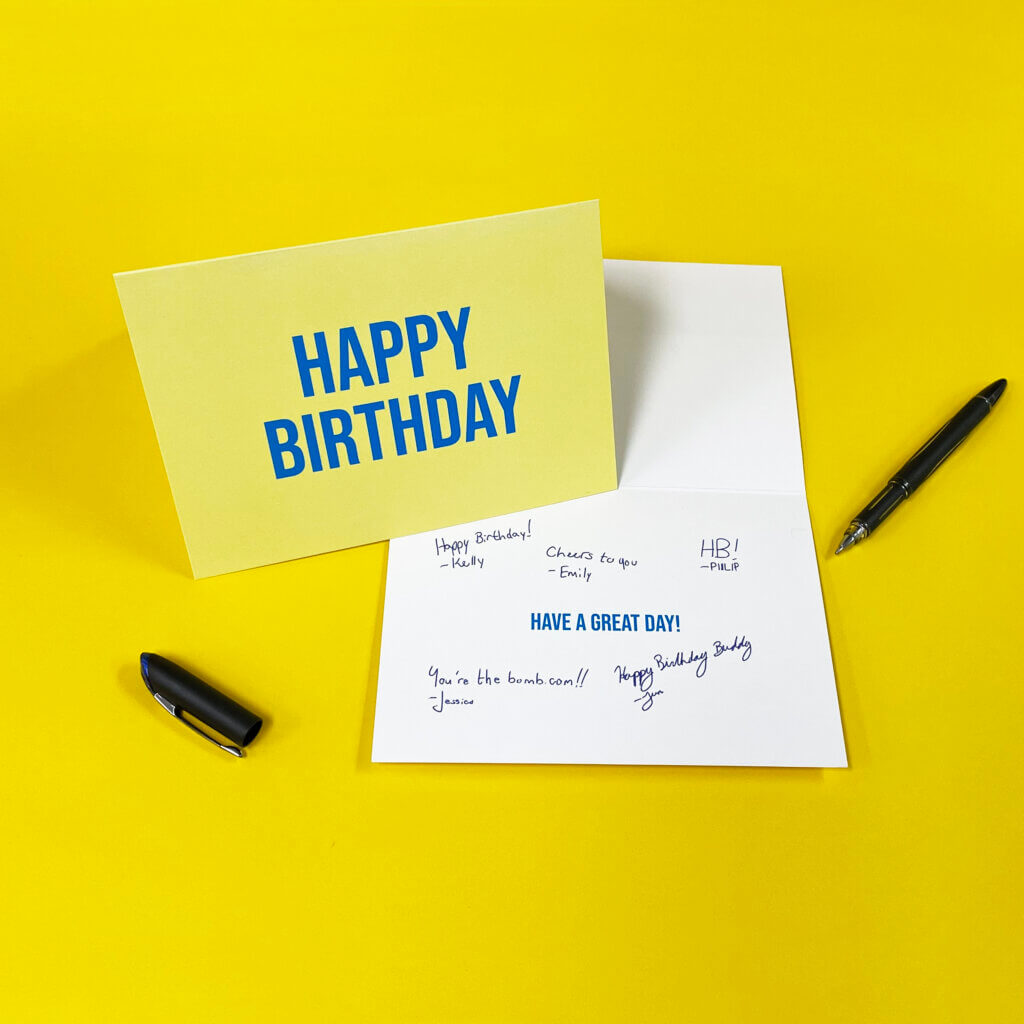
2. How to Write a Birthday Card in 7 Seconds
Creating personalized birthday cards for donors can be a daunting task, especially if you have a large donor base. Postalgia specializes in taking these large and time consuming tasks, so you can put your focus and resources into vital nonprofit work such as, fundraising and services the community.
This is where donor segmentation comes in handy. With the help of a nonprofit CRM system, the process can be streamlined and made more efficient. By setting up a template for the message and using the CRM to export donor data, it’s possible to create and send personalized cards at scale with minimal time and effort.
Each field in a personalized birthday card can correspond to a field in your CRM or database. This means that you can use the data you have on the donor to create deeply personal and meaningful messages. For example, you can include their name, donation history, or specific program they have supported in the past. By using this information, you can craft a message that speaks directly to the donor and highlights the impact they have had on your organization.
In addition to the personalized fields, you can also randomize the lines in the generic parts of the birthday greeting. This allows you to add an extra layer of personalization by tailoring the message to the individual donor’s interests, preferences, or relationship with the organization. This can make the message feel even more special and can help to build a stronger connection between the donor and your organization.
By using a column in your data that indicates the donor’s birthday, you can set your card to be mailed a certain number of days before that day. This ensures that the donor receives the card in a timely manner and can enjoy the warm, fuzzy feelings that come with being appreciated on their special day. This level of personalization and attention to detail can make a big difference in how your donors perceive your organization.
While there is some upfront work involved in setting up the template and integrating your CRM with the mailing process, the actual process of exporting data and creating the cards takes only about 7 seconds. This means that you can achieve a high level of personalization and impact with minimal time and effort. By taking advantage of the power of a nonprofit CRM system, you can make sure that each of your donors feels appreciated and valued, which can lead to increased engagement, loyalty, and support over time.
3. Example Birthday Card Message
Dear Samantha,
Congratulations on turning 58 years young!
I wanted to wish you a happy birthday on behalf of myself, Sandra, and all of us at The Riverdale Hospital Foundation!
I hope this birthday is extra meaningful for you with the knowledge that you’ve had such a huge impact on our neonatal care program.
Hoping to see you at our hoops for heart fundraiser in June!
Sincerely,
Jerry
P.S. Please give my best to Craig and Emily!
TEMPLATE FOR BIRTHDAY CARD MESSAGE
Dear [First Name],
Congratulations on turning [Upcoming Age] years young!
I wanted to wish you a happy birthday on behalf of myself, [Relationship Manager Two], and all of us at The Riverdale Hospital Foundation!
I hope this birthday is extra meaningful for you with the knowledge that you’ve had such a huge impact on our [Project name].
Hoping to see you at our [next event] in [event month]!
Sincerely,
[Relationship Manager One]
P.S. Please give my best to [Spouse and Children Names]!
Conclusion
Sending personalized birthday cards to your donors is a simple yet effective way to show your appreciation and build stronger relationships. With the help of a nonprofit CRM system, this process can be streamlined and made more efficient, taking only 7 seconds to create and send each card. By using donor data to craft deeply personal messages and highlighting the impact of their contributions, you can inspire your donors to continue supporting your cause.
This cost-effective approach can differentiate your nonprofit from others, leading to increased donor retention and overall satisfaction. So why not start implementing this approach today and reap the benefits of stronger donor relationships?
Want to level up your direct mail? Contact us.




